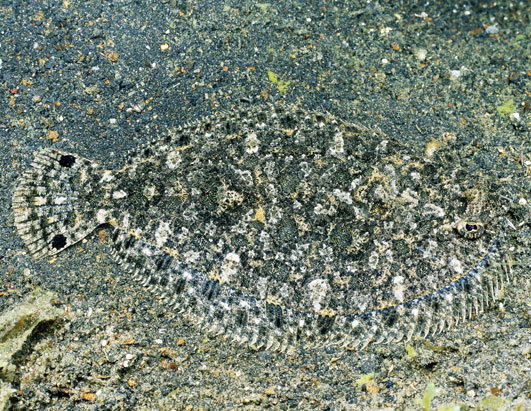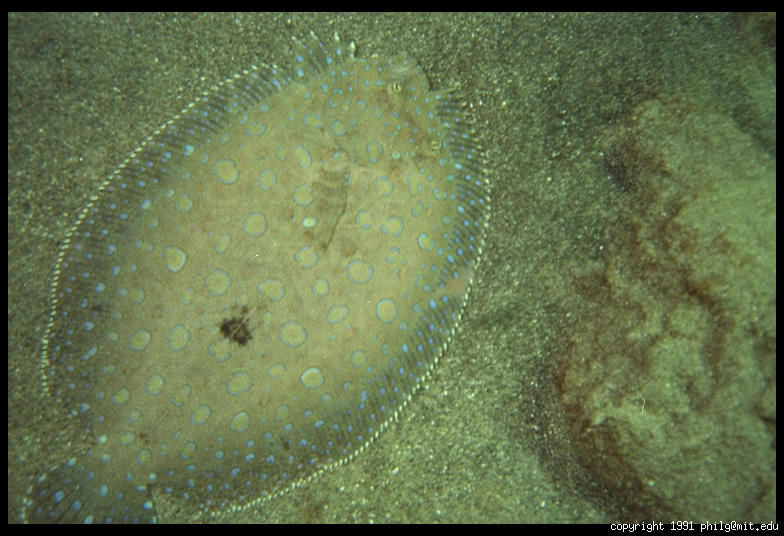

Eventually, the water vapor condensed and covered the crust with a primitive ocean. As the molten rocks cooled, they released water vapor and other gases. The ocean’s water came from rocks inside the newly forming Earth. The heavier rock sank and formed Earth’s core and mantle. The lighter rock rose and formed Earth’s crust. Ocean Formation After Earth began to form about 4.6 billion years ago, it gradually separated into layers of lighter and heavier rock. Without the ocean to help regulate global temperatures, Earth’s climate would be bitterly cold. Because water absorbs and loses heat more slowly than land masses, the ocean helps balance global temperatures by absorbing heat in the summer and releasing it in the winter. In turn, the atmosphere distributes the heat around the globe. As the sun warms the water, the ocean transfers heat to the atmosphere. The atmosphere receives much of its heat from the ocean. All life on Earth depends on this process, called the water cycle. The water vapor condenses to form clouds, which release their moisture as rain or other kinds of precipitation. The oceans provide most of this evaporated water. The sun’s heat causes water to evaporate, adding moisture to the air. Climate The ocean plays a vital role in climate and weather. The Atlantic, Indian, and Pacific Oceans merge into icy waters around Antarctica. Although the ocean is one continuous body of water, oceanographers have divided it into five principal areas: the Pacific, Atlantic, Indian, Arctic, and Southern Oceans.

Earth is the only planet in our solar system that is definitely known to contain liquid water. The ocean makes all life on Earth possible, and makes the planet appear blue when viewed from space. It contains about 1.35 billion cubic kilometers (324 million cubic miles) of water, which is about 97 percent of all the water on Earth. The ocean covers 70 percent of Earth's surface.

This article is also available in Spanish.


 0 kommentar(er)
0 kommentar(er)
